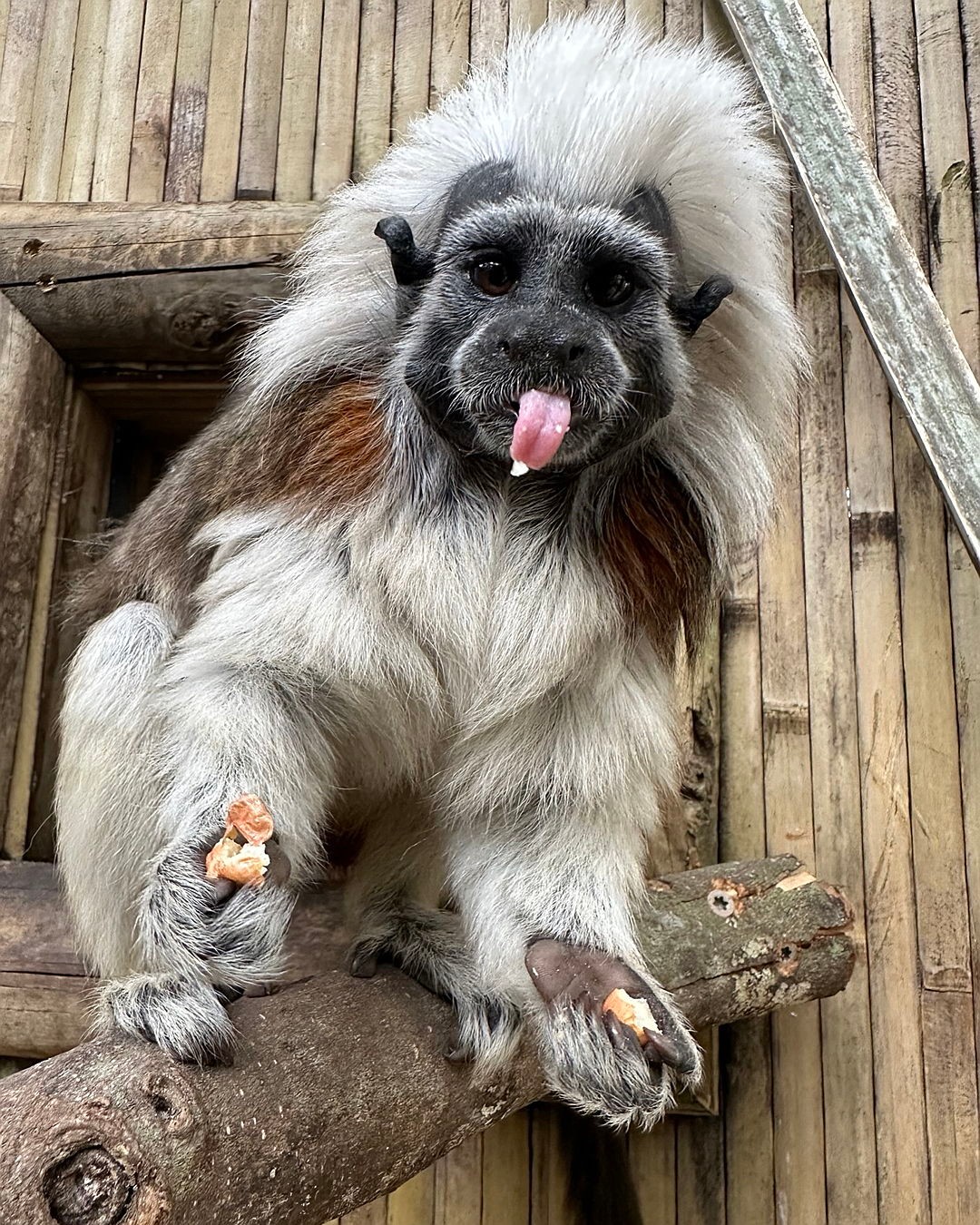- Introduction to Cotton-top Tamarins: Overview and Significance
- Meet Pablo & Catalina: The Ambassadors of Their Species
- Habitat and Behavioral Characteristics of Cotton-top Tamarins
- Conservation Efforts and Importance in Biodiversity
- Engaging with Wildlife at the Zoo: Education and Conservation Initiatives
The cotton-top tamarin, scientifically known as Saguinus oedipus, is a small New World monkey endemic to the tropical forests of northwestern Colombia. Recognizable by their prominent white crest of hair, these primates have become symbols of biodiversity conservation due to their threatened status. With a small body size, often weighing less than a pound, cotton-top tamarins are particularly susceptible to environmental changes, deforestation, and habitat fragmentation. They primarily inhabit lowland forests and secondary forests where their diet comprises a variety of fruits, insects, and plant exudates.
Meet Pablo and Catalina, two vibrant new ambassadors of their species that have recently taken up residence at the Colombian Forest habitat near the Alligator Lagoon. These charismatic tamarins offer zoo visitors a unique opportunity to witness one of the world’s most endangered primates. Jessie, a dedicated Bird & Mammal Keeper, has provided us with delightful photographs capturing their playful and inquisitive nature, bringing these animals into the hearts of many.
Pablo and Catalina’s presence at the zoo serves as a critical educational tool, emphasizing the urgent need for species preservation. These tamarins are masters of their canopy environment. Their agile movements and social behaviors are indicative of their complex social structures. Living in small family groups, cotton-top tamarins exhibit cooperative care of offspring, a behavior relatively rare in the animal kingdom. This dynamic social system is not only essential for their survival but also highlights the fragile balance of ecosystems they inhabit.
The conservation status of cotton-top tamarins is dire. Classified as critically endangered by the International Union for Conservation of Nature (IUCN), their population continues to dwindle due to habitat destruction and illegal pet trade. Efforts to conserve them are spearheaded by numerous organizations focusing on habitat preservation, anti-poaching measures, and community engagement. Emphasizing the interconnectedness of species, the survival of cotton-top tamarins mirrors the health of their environment.
Zoos play a pivotal role in promoting conservation awareness. By showcasing animals like Pablo and Catalina, these facilities educate the public on the challenges faced by wildlife globally. Educational programs encourage visitors to participate in conservation efforts and drive initiatives to protect natural habitats. Moreover, such interactions foster a sense of responsibility and empathy towards wildlife conservation, demonstrating the power of education in fostering environmental stewardship.
Engaging with cotton-top tamarins at the zoo offers a firsthand experience of their intriguing behaviors and environmental needs. By observing these primates, visitors gain valuable insights into the importance of preserving our planet’s biodiversity. This engagement not only raises awareness but also inspires action towards sustainable practices and conservation efforts.
In essence, the presence of Pablo and Catalina at the zoo transcends mere exhibition. It serves as a vital link between the public and the pressing realities of wildlife conservation. Through their story and the concerted efforts of zoological institutions, the journey towards a sustainable and harmonious coexistence with nature takes a significant leap forward.
*****
Source Description
Meet 2 newcomers: Cotton-top Tamarins, Pablo & Catalina! 👏😍 You can see them and say “hello!” at the Colombian Forest habitat near the Alligator Lagoon.
Photos provided by Jessie, Bird & Mammal Keeper.


